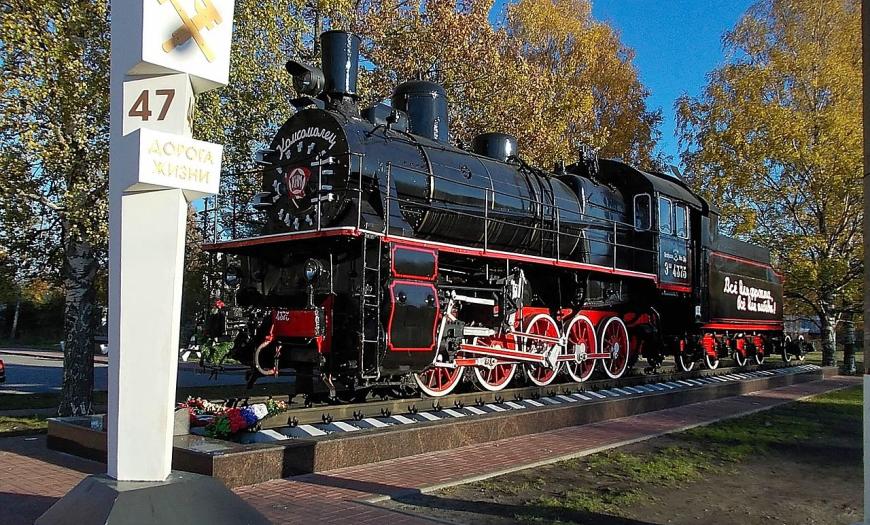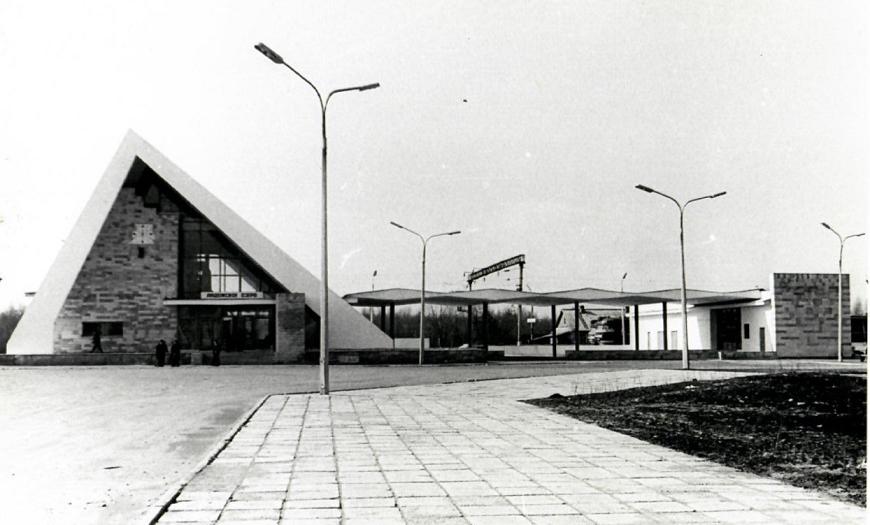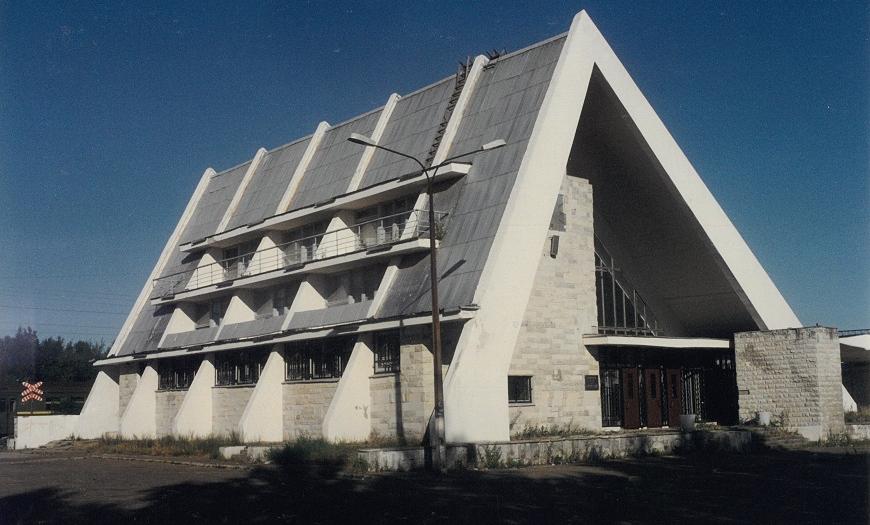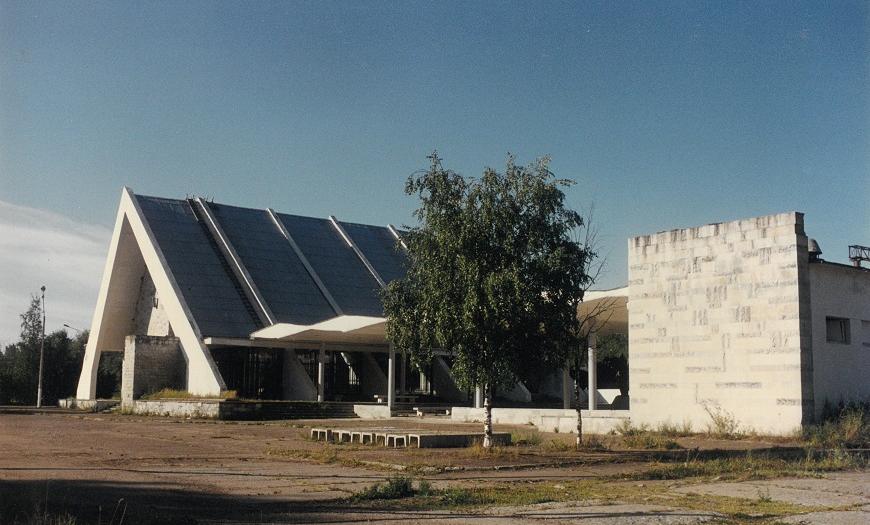In the 1970s Lengiprotrans developed the project of the Memorial Station at the Ladoga Lake station. The construction of the complex was timed to celebrate the 30th anniversary of the liberation of Leningrad from the Nazi blockade. During the war years, this area was the starting point of the legendary "Road of Life".
The station is an architectural composition, consisting of two volumes of different height and shape, united by a canopy. The passenger building, in addition to the main functions, plays the role of the dominant element of the memorial complex. The somewhat unusual shape of the structure resembles an anti-tank nadolba in its appearance, as a symbol of fortitude and courage.
The main building houses the operating room and ticket offices on the ground floor. On other floors of the station there is a memorial museum "The Road of Life", which tells about the delivery of goods to besieged Leningrad by rail. The second floor demonstrates the work of the road in 1941-1943, the third floor is dedicated to the period from the moment the blockade was broken until it was completely lifted.
A steam locomotive ESH-4375 was installed near the station, on which during the war years the Komsomol-youth brigade of the Hero of Socialist Labor V.M. Eliseeva led hundreds of trains.
Author's department:
Project Status:






